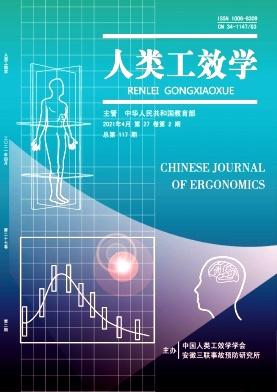THE INFLUENCE OF ARCHITECTURAL DESIGNERS ON CONSTRUCTION ERGONOMICS
引用次数: 9
Abstract
Relative to other industries in South Africa and construction industries world wide,the construction process generates a disproportionate number of fatalities, injuries and disease and both the direct and indirect costs contribute to the cumulative cost of construction. Designers influence construction ergonomics directly and indirectly. The direct influence is as a result of design, details and method of fixing, and depending upon the type of procurement system, supervisory and administrative interventions. The indirect influence is as a result of the type of procurement system used, pre-qualification, project time, partnering and the facilitating of pre-planning. The purpose of the paper was to present the results of a study conducted among architectural practices in South Africa to determine their perceptions and practices relative to construction ergonomics. The following constitute the salient findings. Cost, quality, and time are more important to architectural practices than construction ergonomics and project health and safety (H&S). Ergonomics during the user phase is more important to architectural practices than the other phases. A range of design related aspects impact on construction ergonomics. To a degree, construction ergonomics is considered on most design, procurement and construction occasions by architectural practices. Experience predominates in terms of the means by which ergonomics knowledge was acquired. A range of aspects have the potential to contribute to an improvement in knowledge and the application of construction ergonomics. The paper concludes that architectural designers contribute to construction ergonomics, but that there is potential for and a clear need for enhanced contributions. Recommendations include the inclusion of construction ergonomics in architectural designer tertiary education and continuing professional development (CPD).建筑设计师对建筑人机工程学的影响
相对于南非的其他工业和世界各地的建筑工业,建筑过程造成了不成比例的死亡、伤害和疾病,直接和间接费用都构成了建筑的累积费用。设计师直接或间接地影响建筑的工效学。直接影响是设计、细节和固定方法的结果,并取决于采购制度的类型、监督和行政干预。间接影响是由于所使用的采购系统类型、资格预审、项目时间、伙伴关系和促进预先规划。本文的目的是介绍在南非建筑实践中进行的一项研究的结果,以确定他们对建筑人体工程学的看法和实践。以下是突出的发现。对于建筑实践而言,成本、质量和时间比建筑工效学和项目健康与安全(H&S)更重要。用户阶段的人机工程学对架构实践来说比其他阶段更重要。一系列与设计相关的方面影响着建筑的人体工程学。在某种程度上,建筑工效学在大多数设计、采购和施工场合都被建筑实践所考虑。就获得人体工程学知识的方式而言,经验占主导地位。一系列方面都有可能有助于提高建筑人体工程学的知识和应用。本文的结论是,建筑设计师对建筑人体工程学做出了贡献,但有潜力和明确需要加强贡献。建议包括将建筑工效学纳入建筑设计师高等教育和持续专业发展(CPD)。
本文章由计算机程序翻译,如有差异,请以英文原文为准。
求助全文
约1分钟内获得全文
求助全文

 求助内容:
求助内容: 应助结果提醒方式:
应助结果提醒方式:


